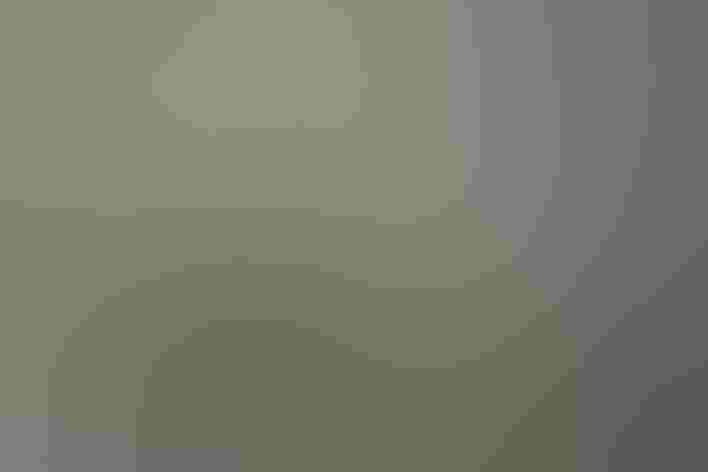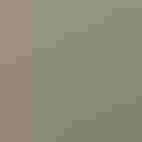Mountain Chickadee
At a Glance
Almost throughout the higher mountains of the West, this chickadee is common in the conifer forests. It is not always easy to see, because it often feeds very high in the trees. However, except during the nesting season, any mixed flock of small birds moving through the highland pines is likely to include a nucleus of Mountain Chickadees.
All bird guide text and rangemaps adapted from Lives of North American Birds by Kenn Kaufman© 1996, used by permission of Houghton Mifflin Harcourt Publishing Company. All rights reserved.
Category
Chickadees and Titmice, Perching Birds
IUCN Status
Least Concern
Habitat
Arroyos and Canyons, Forests and Woodlands, High Mountains
Region
Alaska and The North, California, Northwest, Plains, Rocky Mountains, Southwest, Texas, Western Canada
Behavior
Flitter, Rapid Wingbeats, Undulating
Population
7.900.000
Range & Identification
Migration & Range Maps
Mostly a permanent resident. Some (mainly young birds) move to lower elevations in winter, sometimes out into lowland valleys and plains.
Description
5-5 3/4" (13-15 cm). Typical chickadee pattern with black cap and bib, but black cap is broken by distinct white eyebrow. Eyebrow may be broad or narrow; may be hard to see on summer birds in worn plumage.
Size
About the size of a Sparrow
Color
Black, Gray, White
Wing Shape
Rounded
Tail Shape
Notched, Rounded, Square-tipped
Songs and Calls
A hoarse chick-a-zee-zee, zee. Spring song is similar to that of the Black-capped Chickadee, but 3-noted: fee-bee-bee, the bees at a lower pitch.
Call Pattern
Falling, Flat
Call Type
Buzz, Chirp/Chip, Trill, Whistle
Habitat
Mountain forests, conifers; lower levels in winter. Breeds in a variety of coniferous stands, including forests of pine, spruce, fir, or Douglas-fir, also groves of aspen in coniferous zones. Sometimes in lower habitats such as pine-oak or pinyon-juniper, and rarely breeds in cottonwood groves in lowlands. May wander to lowlands in winter, occupying planted conifers if available.
Sign up for Audubon's newsletter to learn more about birds like the Mountain Chickadee
Behavior
Eggs
7-9, sometimes 5-12. White, dotted with reddish brown, sometimes unmarked. Incubation is probably by female only, about 14 days. Adult disturbed on nest will give a loud hiss, sounding like a snake.
Young
Female spends much time with young at first, while male brings most food; later, both parents feed young. Age of young at first flight about 3 weeks.
Feeding Behavior
Forages actively in trees, often feeding very high in conifers. Forages by gleaning food from twigs, often hanging upside down. Works along trunk or major branches, probing in bark crevices; has been seen using a wood splinter to probe in deep cracks. Sometimes takes food from while hovering. Will come to bird feeders for seeds or suet.
Diet
Mostly insects, seeds, and berries. Feeds on a wide variety of insects, including many caterpillars, beetles, and others; often feeds on insect eggs and pupae, as well as spiders and their eggs. Also eats many seeds, some berries and small fruits.
Nesting
In some areas, numbers may be limited by a scarcity of good nesting sites. Nest site is usually in hole in tree, either natural cavity or old woodpecker hole, or a cavity enlarged or excavated by the chickadees. Usually 5-25' above the ground, sometimes in stumps only a few inches up. Same site may be used more than one year. Sometimes uses nest box, occasionally even nests in holes in ground. In natural site in tree, both sexes help excavate. Nest (built by female, probably with help from male) is soft foundation of bark fibers, moss, hair, feathers.
Conservation
Conservation Status
Still widespread and common, but surveys indicate declines in some areas.
Climate Threats Facing the Mountain Chickadee
Choose a temperature scenario below to see which threats will affect this species as warming increases. The same climate change-driven threats that put birds at risk will affect other wildlife and people, too.







